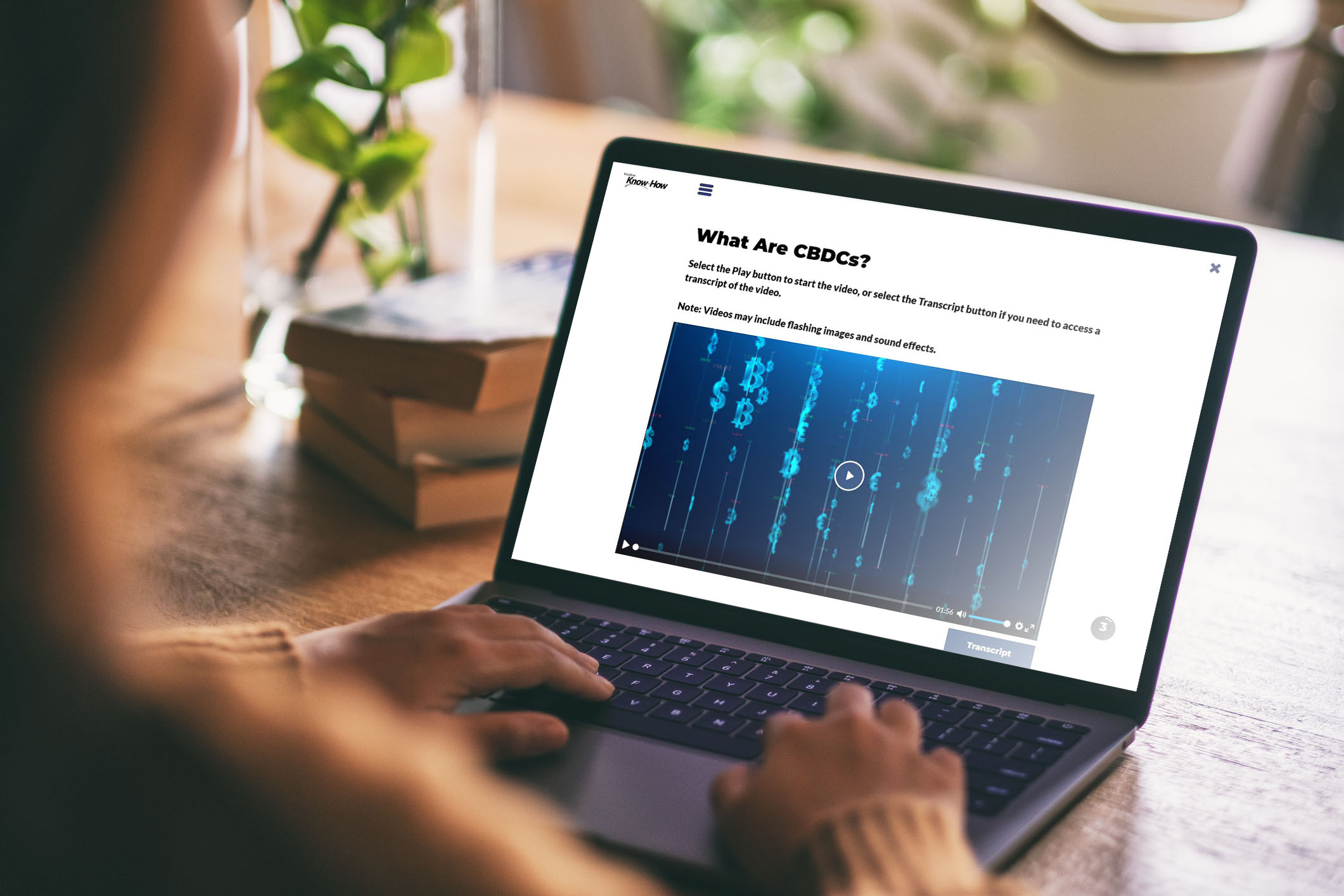Open finance runs into limitations over “super-apps”
The move by BNPL provider Klarna into mobile phone services signals an ambition to build a “super app.” But while open finance holds promise, replicating Chinese platforms such as WeChat and Alipay may be a step too far.
Holding a banking license was long regarded as a privilege, granted only to a select group and protected by high regulatory and capital barriers to entry. This exclusivity helped banks achieve quasi-monopolistic positions in the financial system, with incumbents enjoying outsized scale and influence.
This environment fostered complacency – and perhaps even a sense of invincibility. Should these banks run into trouble, it was assumed that authorities would have no choice but to step in, given their size and systemic importance.
When the largest financial crisis of modern times struck in 2007–08, those implicit bailout expectations were proven correct. Authorities around the world stepped in to rescue major institutions, fearing systemic collapse.
But these interventions came at enormous economic, political, and social cost – much of which would ultimately have to be borne by a banking sector that had inflicted severe reputational damage on itself. The sweeping reforms that followed the crisis led to tighter regulation of incumbent banks, which, combined with growing public mistrust, created space for a new generation of more agile, technology-driven entrants.
***
Get weekly insights from The Intuition Finance Digest. Elevate your understanding of the finance world with expertly-crafted articles and podcasts sent straight to your inbox every week. Click here: https://www.intuition.com/finance-insights-the-intuition-finance-digest/
***
Crisis led to FinTech boom
Initially focused on payments, these new nonbank entrants – many of whom are so-called “FinTechs” – have since expanded their offerings and steadily gained ground across financial services. Their rise has been fueled by access to bank customer data under a principle known as open banking.
Where such data was once tightly held by banks, regulation around the world now affirms that it belongs to the customer, who may choose to share it with other providers. This sharing is enabled by application programming interfaces (APIs) – technology that allows different systems to communicate securely and efficiently. In the context of open banking, APIs offer standardized ways for third-party providers to access financial data and even initiate transactions on behalf of users.
Many of these third parties (FinTechs) have grown to rival incumbent banks. And as the scope of data-sharing has expanded, so has the vision – from open banking to open finance.

From open banking to open finance
Open banking began with account and transaction data. Open finance goes further, encompassing lending, insurance, investments, and more.
Banks and other financial institutions may also grant third parties access to internal processes such as account opening, credit underwriting, and risk management. This has enabled models like banking-as-a-service (BaaS) and payments-as-a-service (PaaS), where third parties operate on top of a licensed institution’s infrastructure.
Open finance promises a broader, more personalized range of services – easier provider switching, embedded finance, BNPL (buy now, pay later), cash flow-based lending, better credit scoring, and even automated tax filing.
A case in point is Klarna, the Swedish FinTech that recently launched mobile phone plans in the United States. Klarna started as one of the early BNPL providers – a model that helped erode the profitability of credit cards, once a mainstay of retail banking. Now, it aims to evolve into a full-service super app, in line with the open finance vision.
In China, super apps like Alipay and WeChat are deeply embedded in everyday life, handling everything from payments to messaging to online shopping.
Testing times for AI highlight commercial and ethical conflicts

Obstacles to super-app development in West
But while super apps have thrived in Asia, they face steeper challenges in Europe and the US.
For one, stricter data privacy regulations such as Europe’s GDPR or California’s CCPA limit data sharing, while competition rules limit platform dominance. Privacy laws enforce principles like data minimization, user consent, and the right to portability and deletion. Combined with antitrust enforcement, they hinder the development of multi-sector platforms.
Cultural differences are also significant. Western consumers are generally more wary of a single app having access to all aspects of their lives.
Then there’s the role of legacy infrastructure. In China, super apps emerged in part because they could leapfrog underdeveloped banking and card systems. In contrast, Europe and the US already have mature financial and payments networks.
Finally, FinTechs in the West face more rigorous regulation. In many jurisdictions – particularly in Europe – they are treated as full financial institutions. That means expanding into services like lending or payments typically requires a full banking license, with all the compliance burdens that entails.
Intuition Know-How, a premier digital learning solution for finance professionals, has several tutorials relevant to the content of this article:
- Banks & Banking
- Embedded Finance
- BaaS & BaaP
- Open Banking & Open Finance
- Digital Banking – An Introduction
- APIs
- FinTech – An Introduction
- Financial Inclusion – An Introduction
- Banking Regulation – An Introduction
- Business of Consumer (Retail) Banking
Browse full tutorial offering



